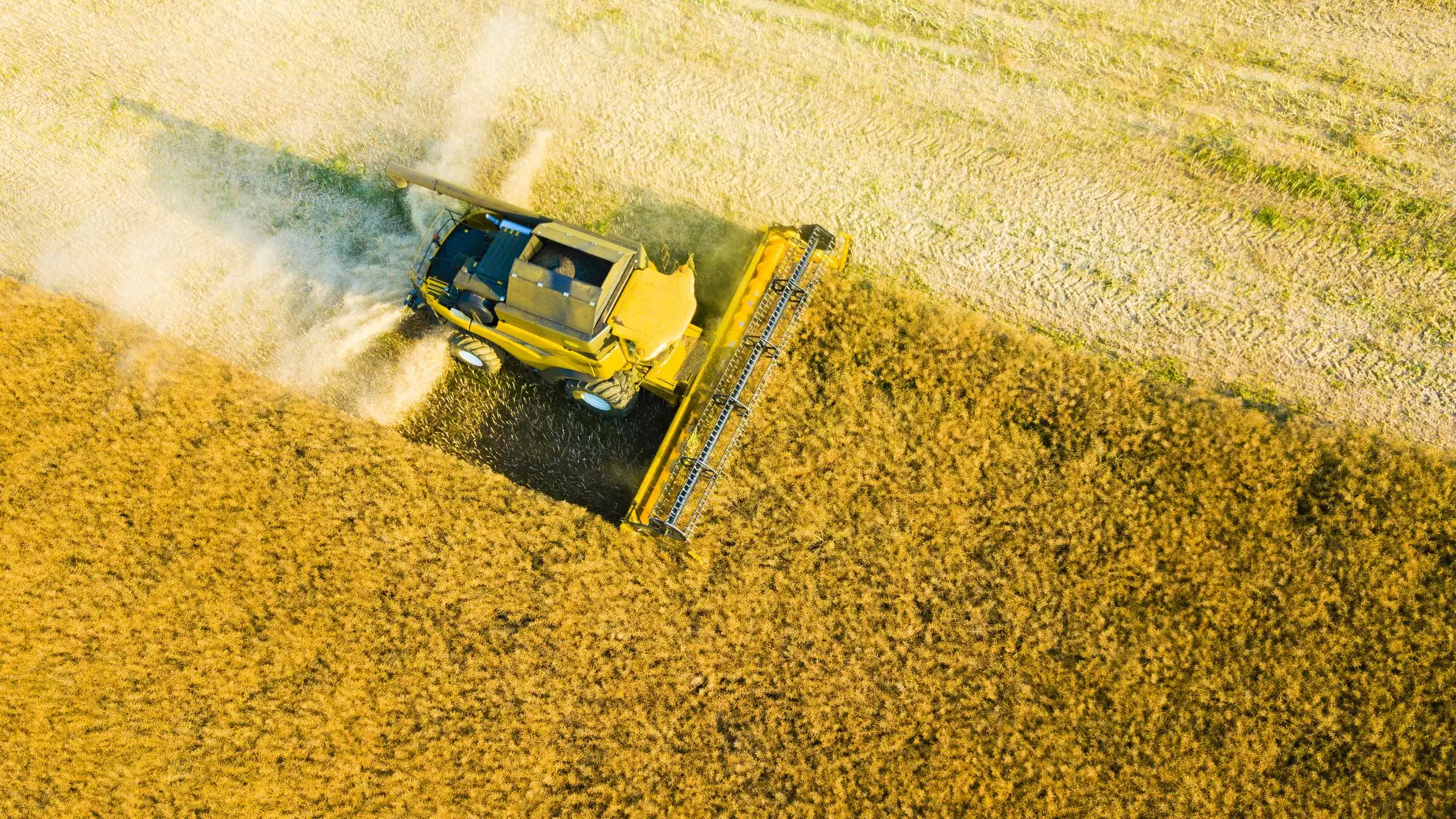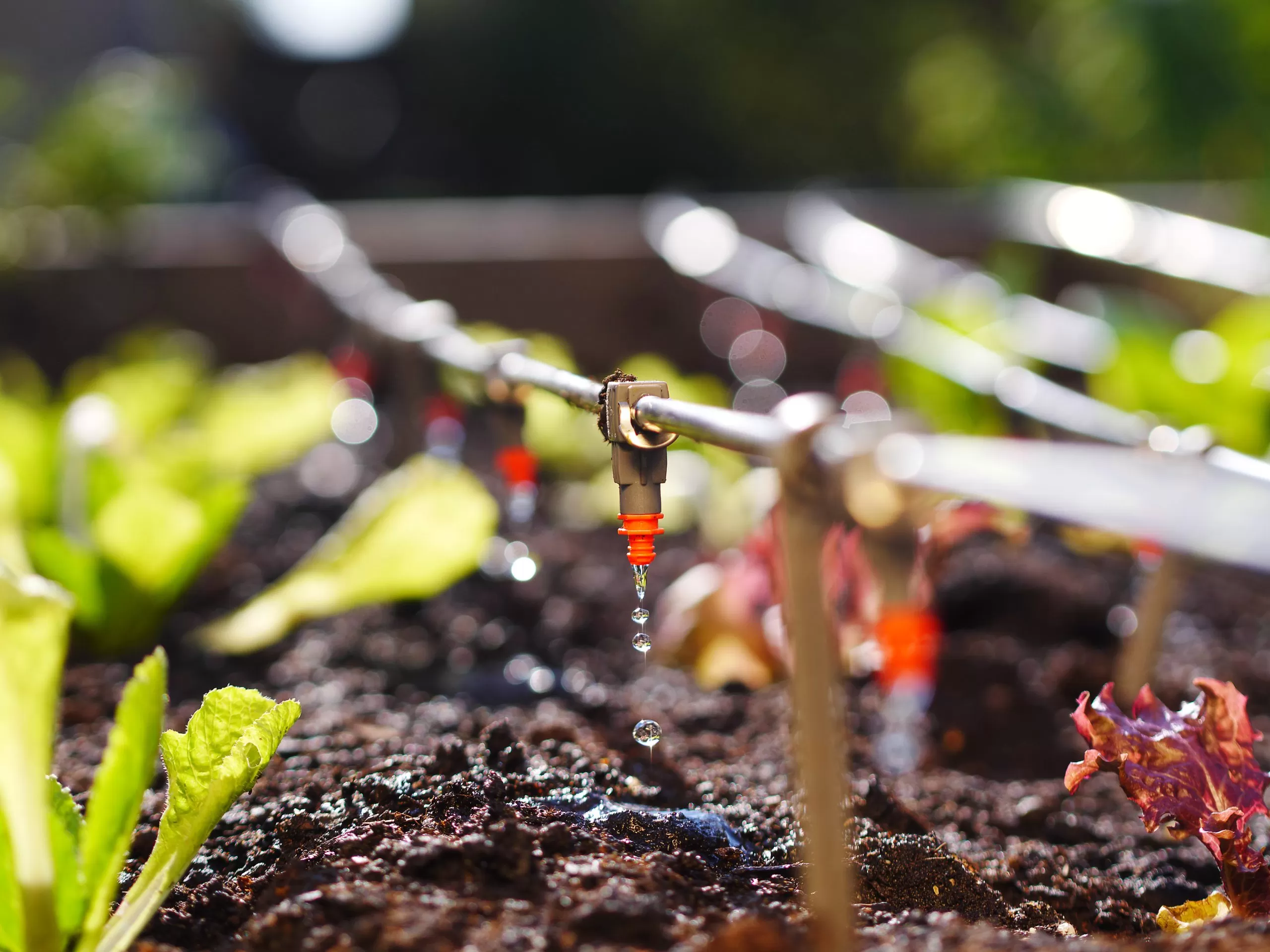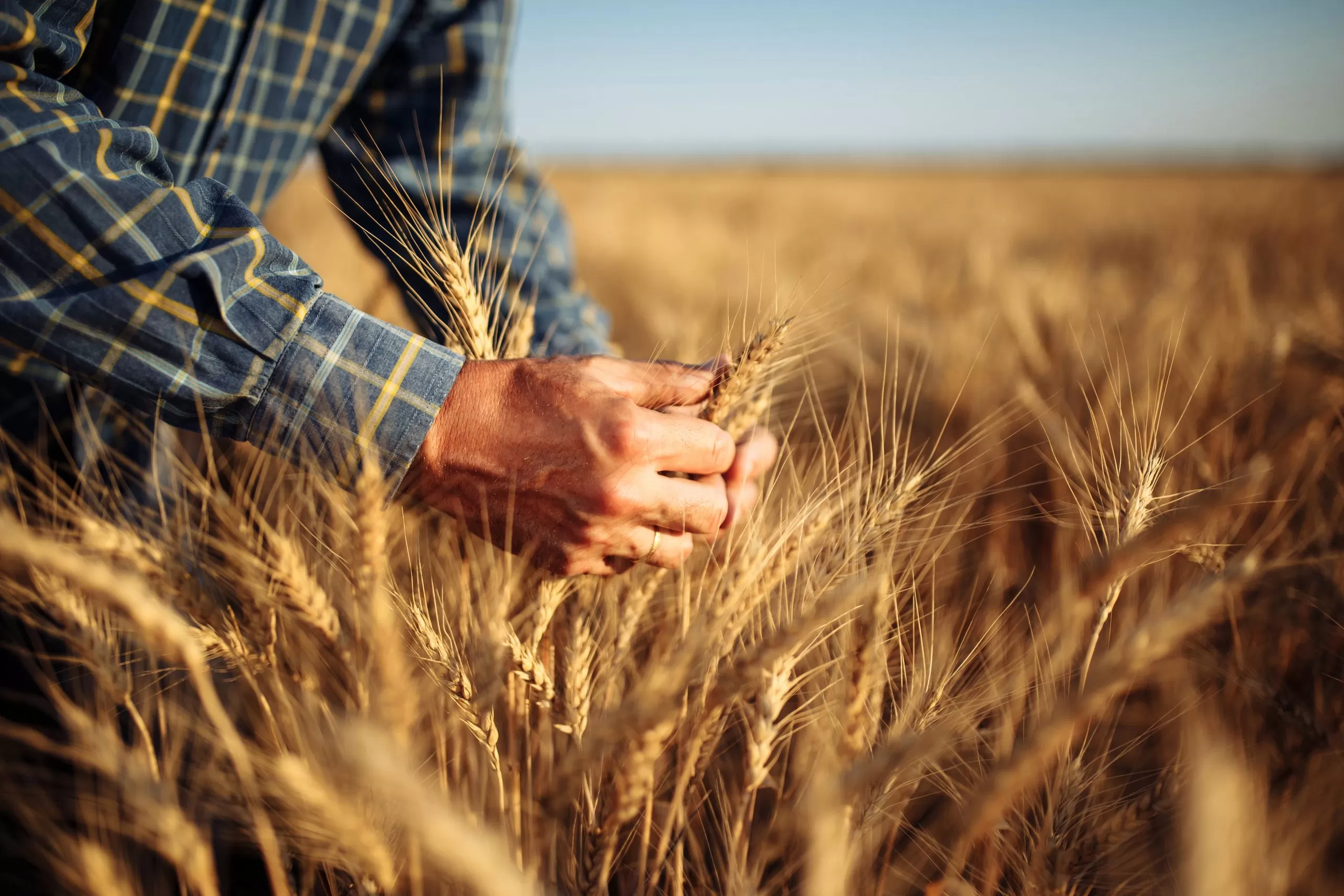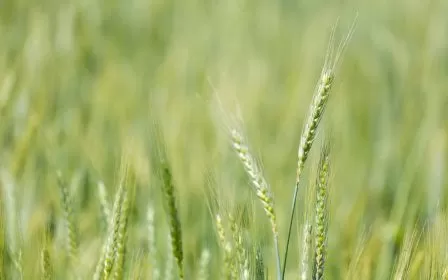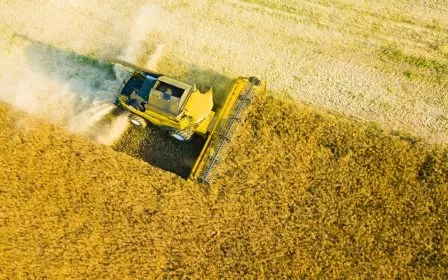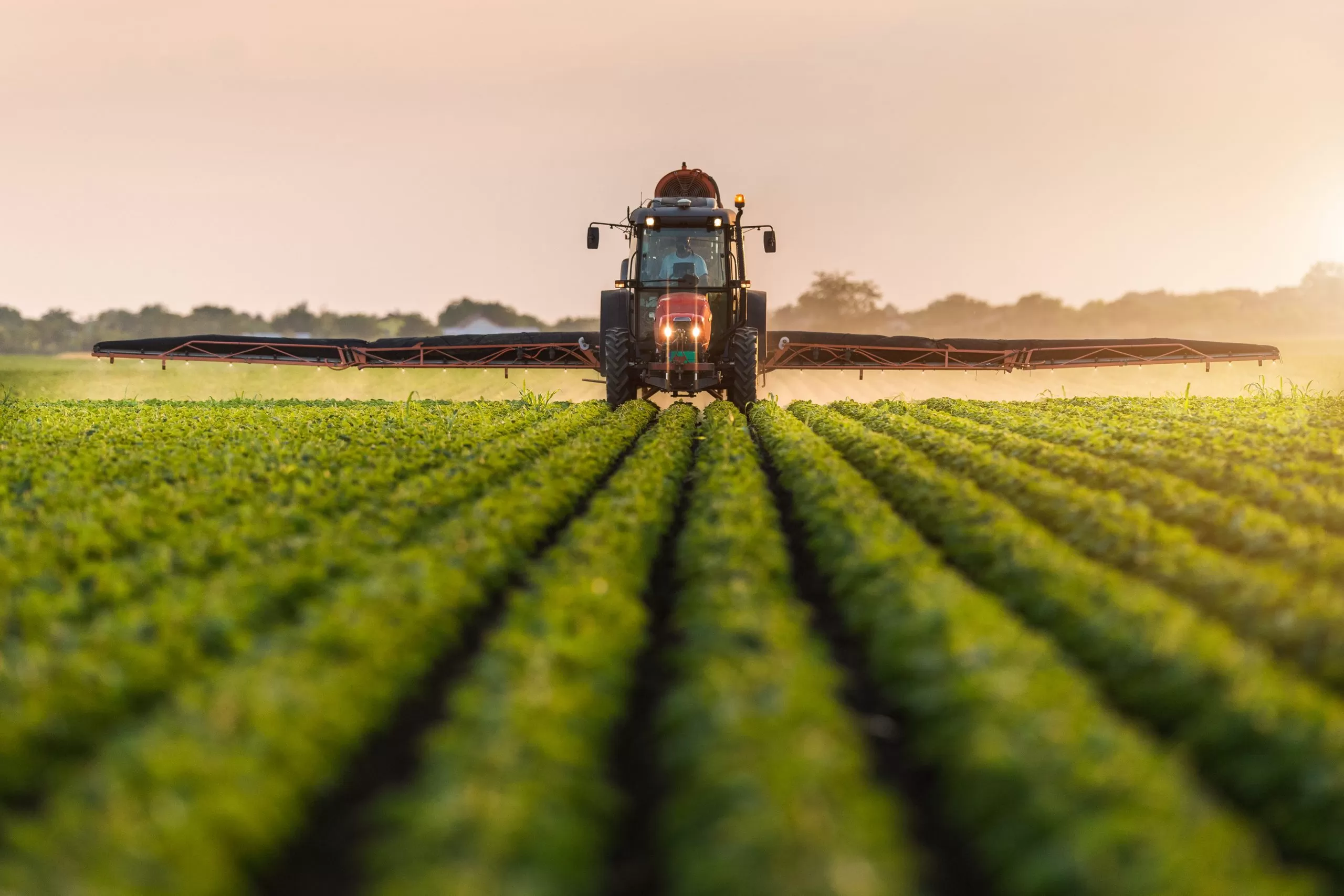
Poland is in a good position compared to other EU countries because it already uses less fertilizer and crop protection products and has good soil. “We will manage to achieve these goals,” said Malgorzata Bojanczyk, Director of the Polish Association for Sustainable Agriculture, ASAP.
Data cited by the Institute of Horticulture shows that climate change has already led to a decline in the yields of the world’s three main crops: wheat, maize, and rice, which are essential for global food security, especially in the poorest regions. This trend will continue in the coming years.
“The agri-food sector is significant in the context of climate change because, on the one hand, it is a victim of it, such as droughts and other extreme weather events, and, on the other hand, it also contributes to greenhouse gas emissions,” Malgorzata Bojanczyk tells Newseria Biznes. “A sustainable approach ensures that agriculture does not become a victim of climate change and maintains food security.”

According to the European Commission, the EU agri-food chain ensures food security for well over 400 million people. However, according to the report of the Intergovernmental Panel on Climate Change (IPCC), about one-third of global greenhouse gas emissions come from food systems. The EU therefore aims to change the way food is produced and consumed in Europe to reduce the ecological footprint of the agri-food sector, strengthen its resilience to crises caused by, among other things, climate change, while ensuring healthy and affordable food.
Key objectives of the strategy include reducing the use of pesticides by 50% and fertilizers by 20% by the end of 2030 and improving animal welfare. Another key objective is to increase the area of organic farming, so that, by 2030, it will account for 25% of agricultural land.
The Ministry of Agriculture and Rural Development reports that rural areas and agricultural areas in Poland cover 85% and 52% of the territory, respectively. Rural areas are home to about 15 million people, i.e. 38% of the total population, and there are about 1.4 million farms nationwide.


